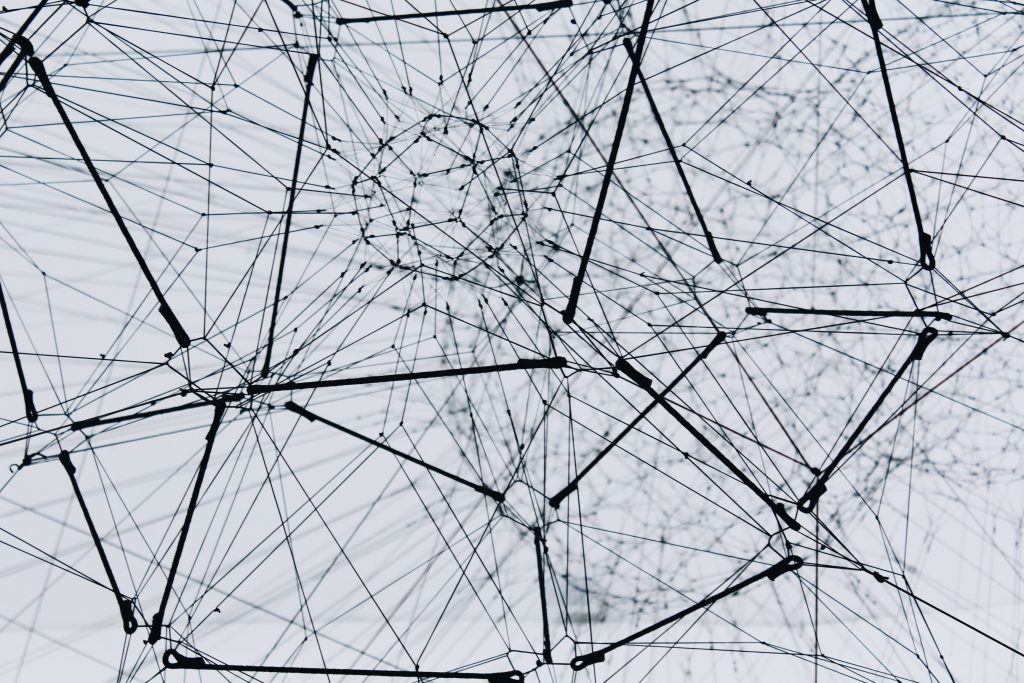This post is also available in Dutch.
Have you heard about Deep Learning? It is a hot topic in both industry and science. But how helpful can it really be in understanding the human mind?
Deep learning is a specific area within the field of Artificial Intelligence (AI) and has helped us create more intelligent, human-like machines. Recently there was a series of lectures on deep learning here at the Donders Institute. The question at hand was whether Deep Learning can help us understand how the brain works. But let’s start withwhat efforts have been keeping AI scientists busy and what deep learning is.
Machine Learning
Imagine looking at grids that contain thousands of numbers each. Would you be able to recognize that each grid is a picture of a dog? This may sound like an impossible task, but if the numbers were instead represented as colour values of each pixel of an image, this would actually be an easy task for most humans. This example demonstrates that it becomes very hard to see a pattern in large amounts of data, but that does not mean it’s not there.
Strikingly, we humans are incredible pattern recognizers: we can effortlessly tell the difference between a husky and a wolf, which look very similar, and can also identify both huskies and bulldogs as dogs, even though they look very dissimilar.
Matching this ability to recognize patterns has been a big challenge for the field of Artificial Intelligence and researchers have been unsuccessful until about a decade ago when they started to use Machine Learning. Machine Learning works by teaching a machine to solve a problem. For example, say we want our computer to be able to identify cars and dogs in images. We start by ‘feeding’ the machine (computer) many, many images of both cars and dogs, [and we tell it which images are of cars and which are of dogs]. The algorithm, the problem-solving code that runs on the computer, will train itself. You can visualize this algorithm as a network of ‘knobs’ that can be adjusted. Eventually, after many examples, the algorithm will learn the best setting of the knobs to be able to differentiate between cars and dogs. Then we apply this algorithm to images the machine has never seen before. If it correctly classifies these new images, we can use the machine to detect cars and dogs.
Deep Learning
But telling apart dogs from cars is easy compared to being able to differentiate between huskies and wolves while recognizing that both huskies and bulldogs are dogs.
Deep Learning has unleashed a true revolution, because it has enabled computers to match this unique ability. Layers have been added to the network of knobs and steps have been added to the learning process. These Deep Neural Networks are often inspired by how the human visual system is organized in the brain. Before humans still had to monitor the learning process and adjust it, but now the machine truly learns by itself and it is beating all records. Deep Learning is used in face, text and speech recognition and can even be applied to videos recognizing traffic signs or pedestrians in real time. This is the magic behind self-driving cars. Scientists therefore believe that this type of Machine Learning holds the future.
Deep(er) understanding of the brain?
These Deep Neural Networks can show remarkable resemblance to the architecture of the human brain. Does that mean the brain also functions like a deep neural network? Can deep learning inform, or even become, an explanation of how the brain carries out cognitive processing? This debate amongst scientists is a fiery one, and the lecture provided some pretty interesting insights on the matter. For instance, one of the criticisms of Deep Learning is that, at times, it succeeds at tasks where we humans fail and fails at tasks where we humans succeed. These differences might be due to how the algorithms are training, but the fact remains that these instances reveal that the deep learning system is not doing exactly what we humans are doing.
Another issue is that so far, the exchange of knowledge between Artificial Intelligence and Neuroscience has felt mostly like a one-way street: Knowledge of the brain has informed artificial intelligence, but it’s not that clear whether artificial intelligence can tell us new things about the brain. For this latter case to be a reality we need not only a deep learning system that matches human performance [both success and failure], but also an understanding of how and why deep learning achieves a solution. Even if a computer is able to exactly mimic our behavior, that does not mean it is implementing that behavior in the same way that we are. There could be more than one way a complex system such as a computer or a brain might solve a problem. The self-driving car is not driving like we are driving; it is in fact not mimicking our capacity to drive. It is, however, solving the same problem: it is navigating through space (until it encounters a bus).
That said, what is the future of using Deep Learning for understanding the brain? To repeat one of the lecturers’ quotes, “All models are wrong, but some are useful” (George Box). From this perspective, we should keep trying. Approaching human cognition from an Artificial Intelligence perspective might not explain human brain function entirely, but it is contributing to our understanding of how complex systems can achieve complex behaviors.
Speakers at the lecture were Andrea Martin, Marcel van Gerwen and Eelke Spaak.
Original language: English
Author: Floortje Bouwkamp
Buddy: Eelke Spaak
Editor: Rebecca Calcott
Translator: Felix Klaassen
Editor translation:Jill Naajien
